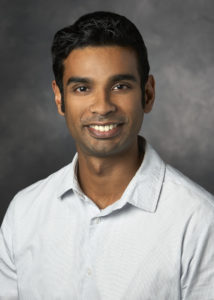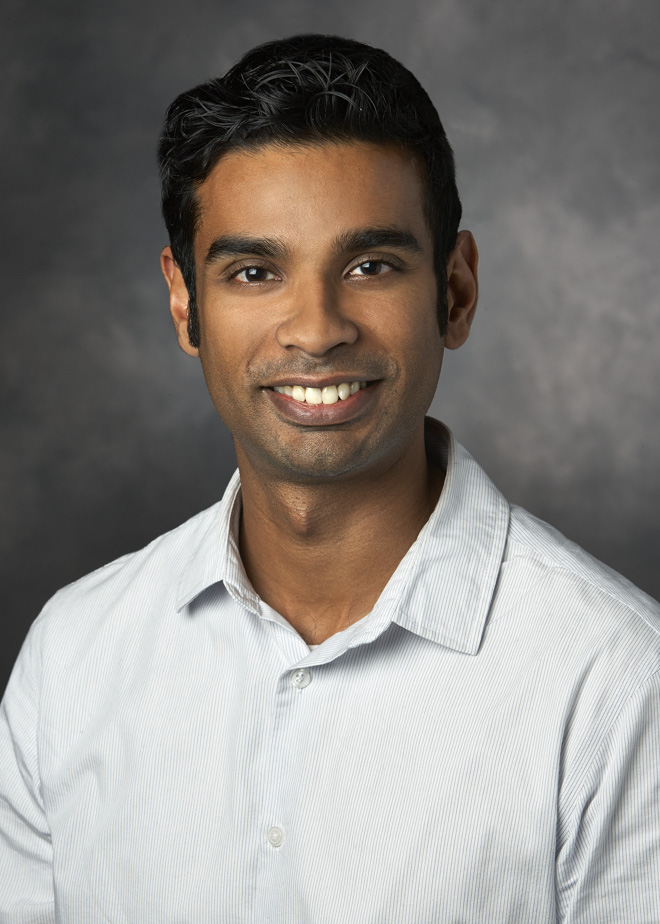Researchers studying breast cancer have long wondered why certain tumor cells spread dangerously while others do not grow. An unlikely field of study for cancer research, mechanical engineering, may yield an answer.

The research team of Ovijit Chaudhuri, assistant professor of mechanical engineering, is investigating the relationship between cancer spread and different mechanical properties of breast tissue in the hopes of designing improved treatments for women.
“Over the last 20 years or so there’s been increasing evidence that mechanical properties of breast tissue play a key role in promoting breast cancer progression,” Chaudhuri told Stanford News.
Though mechanical engineering may seem like a surprising direction for breast cancer research, findings from over a decade ago suggest its applicability to the field. This prior research indicates that stem cells respond differently depending on the surface on which they are grown. Firmer surfaces tend to cause stem cells to develop into bone, while softer ones can result in neurons, or brain tissue. This discovery and similar research helped found the field of mechanobiology, which investigates how molecular forces and mechanical properties determine the way a gene is expressed.
New research indicates that stiffer breast tissue leads to greater tumor advancement, but researchers are not yet sure why. Chaudhuri and his team are using a few different methods to learn more.
In Chaudhuri’s lab, researchers are growing mammary cells, which are most prone to becoming cancerous, in a material called hydrogel. Hydrogel is intended to mimic the biochemical signals mammary cells would receive in tissue; by changing the material’s stiffness, researchers can see what factors cause tumor growth in mammary cells.
Other researchers are analyzing how tumors spread beyond the membrane that surrounds breast tissue. Though the average cancer cell is hundreds of times greater in size than the membrane’s pores, tumor cells still manage to escape and spread to other parts of the body.
Chaudhuri suggests that this phenomenon could occur in part due to physical force exerted by cancer cells.
“What we think is happening is that part of it is force, so cancer cells are physically pushing and pulling and prying open a hole to crawl through,” Chaudhuri told Stanford News. “What we’re trying to study is, ‘What does this process look like?’”
Though Chaudhuri’s focus is on cancer cells and the mechanical properties of breast tissue, his research is part of a much larger effort by professionals in disciplines such as biology, bioengineering and chemical engineering to better understand breast cancer. Within five to 10 years, he hopes his research will help lead to improved treatments for the disease, with the long-term goal of preventing breast cancer from developing in the first place.
“This is pretty far off, but I think that should be the ultimate goal,” he said.
Contact Sophie Stuber at sstuber8 ‘at’ stanford.edu.
